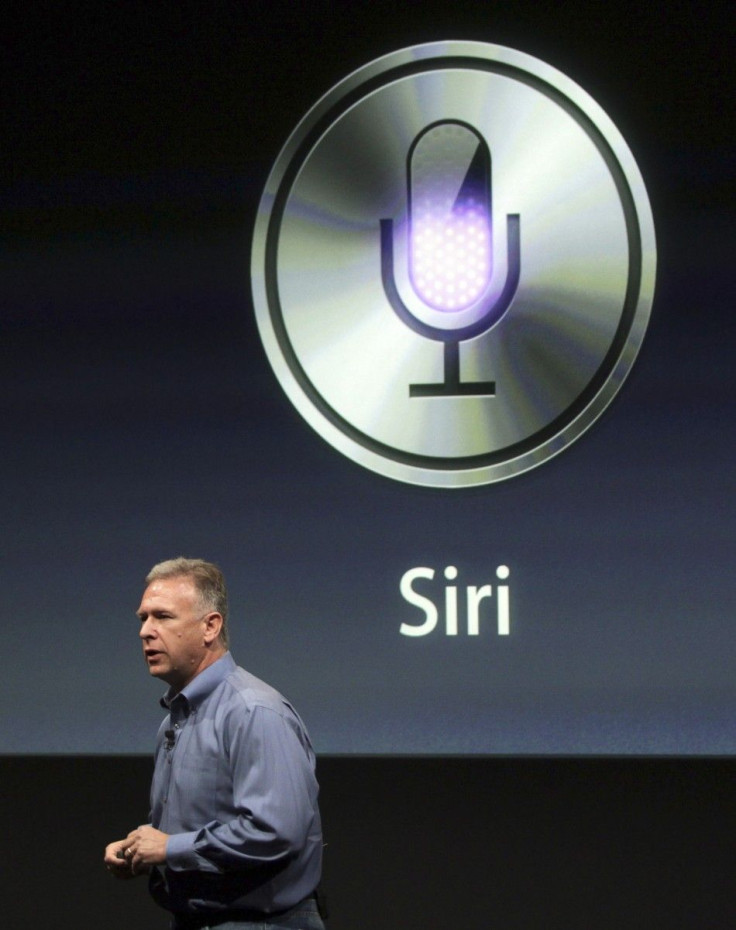iPhone 4S, Other Smartphone Data Demands Underscore Difficulty for Wireless Carriers

Apple iPhone 4S users demand almost double the data of iPhone 4 users and nearly three times that of iPhone 3G users, underscoring a challenge for wireless carriers provide bandwidth to support the new gadgets, a new study found.
Arieso, a mobile research firm based in Newbery,U.K.,, said users of the new iPhone 4S demand 276 percent more data for downloads and 320 percent more data for uploads than iPhone 3G users, who were used as the point of reference in the study. Users of the iPhone 4, released in 2010, require 150 percent more data for downloads and 169 percent more data for uploads compared to users of the iPhone 3G, released in 2008.
Other non-Apple devices also use considerably more data than the iPhone 3G. For example, users of the 2011 HTC Desire S on the Google Android operating system demand 170 percent more data for downloads and 323 percent more data for uploads compared to the iPhone 3G.
The result: data-heavy smartphones have left wireless carriers with a shortage of bandwidth, or spectrum, to provide data services. Newer smartphones carry more data-intensive processors such as 8-Megapixel cameras and high-definition video applications, which exacerbate the problem.
The capacity crunch is still a very real threat for mobile operators, and it looks only to get harder in 2012, Arieso Chief Technology Officer Michael Flanagan, the study's author, said in a statement. The mobile industry needs new investment and new approaches to boost network performance and manage the customer experience.
Mobile data traffic is expected to grow 10 times by 2016, according to Ericsson, the Swedish multinational telecommunications equipment maker. While PCs currently use up the majority of mobile traffic, the company expects data traffic for PCs and mobile phones to level out within the next five years.
The demand for smartphones will continue to increase, Wedbush Securities analyst Suhail Chandy told the International Business Times. And these new smartphones with larger screens and more computing power will take up a lot of data.
Cellular providers have looked at a variety of ways to deal with the spectrum shortage. Verizon Wireless agreed in December to purchase wireless spectrum from SpectrumCo LLC-a joint venture among Comcast, Time Warner Cable and Bright House-for $3.6 billion. Later that month, Verizon agreed to purchase additional spectrum from Cox Communications for $315 million.
AT&T also recently notched a deal with Qualcomm to purchase spectrum licenses for $1.9 billion. AT&T's failed attempt to purchase T-Mobile USA for $39 billion was largely an effort to get hold of the smaller carrier's spectrum in order to enhance 4G wireless coverage.
Carriers such as AT&T and Verizon also have tiered-pricing plans for smartphone data packages, requiring heavier users to pay more.
The bandwidth used isn't necessarily divvied up evenly either. Arieso's study also found that worldwide, the top 1 percent of mobile users consumed about half of the available mobile bandwidth. Much of that discrepancy has to do with access to technological devices. Sixty-four percent of those users were using a laptop, a third had a smartphone and 3 percent had an iPad.
© Copyright IBTimes 2025. All rights reserved.





















